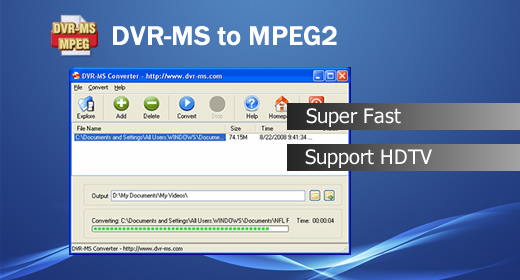ATSC – HD TV Standard
ATSC is a set of standards developed by the Advanced Television Systems Committee for digital television transmission that replaced much of the analog NTSC television system on June 12, 2009 in the United States .
The ATSC standard was developed in the early 1990s by the Grand Alliance, a consortium of electronics and telecommunications companies that assembled to develop a specification for what is now known as HDTV. ATSC Standard A/53, which implemented the system developed by the Grand Alliance, was published in 1995; the standard was adopted by the Federal Communications Commission in the United States in 1996.
The high definition television standards defined by the ATSC produce wide screen 16:9 images up to 1920×1080 pixels in size — more than six times the display resolution of the earlier standard. However, many different image sizes are also supported, so that up to six standard-definition “subchannels” can be broadcast on a single 6 MHz TV channel.
ATSC also boasts 5.1-channel surround sound using the Dolby Digital AC-3 format. Numerous auxiliary datacasting services can also be provided.
Resolution
The ATSC system supports a number of different display resolutions, aspect ratios, and frame rates. The formats are listed here by resolution, form of scanning (progressive or interlaced), and number of frames (or fields) per second (see also the TV resolution overview at the end of this article). The table includes formats from both A/53 Part 4 (MPEG-2 Video System Characteristics) and A/63 (Standard for Coding 25/50 Hz Video).
| Resolution | Aspect ratio | Pixel aspect ratio | Form of scanning | Framerate (Hz) | |
|---|---|---|---|---|---|
| Vertical | Horizontal | ||||
| 288 | 352 | 4:3 or 16:9 | non-square | progressive | 25 |
| 480 | 640 | 4:3 | square | interlaced | 29.97 (59.94 fields/s) 30 (60 fields/s) |
| progressive | 23.976 24 29.97 30 59.94 60 |
||||
| 704 | 4:3 or 16:9 | non-square | interlaced | 29.97 (59.94 fields/s) 30 (60 fields/s) |
|
| progressive | 23.976 24 29.97 30 59.94 60 |
||||
| 576 | 352 | 4:3 or 16:9 | non-square | interlaced | 25 (50 fields/s) |
| progressive | 25 | ||||
| 480 | 4:3 or 16:9 | non-square | interlaced | 25 (50 fields/s) | |
| progressive | 25 | ||||
| 544 | 4:3 or 16:9 | non-square | interlaced | 25 (50 fields/s) | |
| progressive | 25 | ||||
| 720 | 4:3 or 16:9 | non-square | interlaced | 25 (50 fields/s) | |
| progressive | 25 50 |
||||
| 720 | 1280 | 16:9 | square | progressive | 23.976 24 25 29.97 30 50 59.94 60 |
| 1080 | 1920 | 16:9 | square | interlaced | 25 (50 fields/s) 29.97 (59.94 fields/s) 30 (60 fields/s) |
| progressive | 23.976 24 25 29.97 30 |
||||
The different resolutions can operate in progressive scan or interlaced mode, although the highest 1080-line system cannot display progressive images at the rate of 59.94 or 60 frames per second. (Such technology was seen as too advanced at the time, plus the image quality was deemed to be too poor considering the amount of data that can be transmitted.) A terrestrial (over-the-air) transmission carries 19.39 megabits of data per second, compared to a maximum possible bitrate of 10.08 Mbit/s allowed in the DVD standard and 48 Mbit/s allowed in the Blu-ray disc standard.
There are three basic display sizes for ATSC. Basic and enhanced NTSC and PAL image sizes are at the bottom level at 480 or 576 lines. Medium-sized images have 720 scanlines and are 1280 pixels wide. The top tier has 1080 lines 1920 pixels wide. 1080-line video is actually encoded with 1920×1088 pixel frames, but the last eight lines are discarded prior to display. This is due to a restriction of the MPEG-2 video format, which requires the number of coded luma samples (i.e. pixels) to be divisible by 16.
Codecs
For transport, ATSC uses the MPEG-2 systems specification, known as transport stream, to encapsulate data, subject to certain constraints. ATSC uses 188-byte MPEG transport stream packets to carry data. Before decoding of audio and video takes place, the receiver must demodulate and apply error correction to the signal. Then, the transport stream may be demultiplexed into its constituent streams.
Since July 2008, ATSC supports the ITU-T H.264 video codec. The standard is split in two parts:
- A/72 part 1: Video System Characteristics of AVC in the ATSC Digital Television System
- A/72 part 2 : AVC Video Transport Subsystem Characteristics
The earlier specification also supports MPEG-2 video as the video codec, with certain constraints.
